Abstract
In this study we have examined the interactions between accessory cells (AC) and T cells in response to Con A. Highly purified peripheral blood T cells and AC exposed to a variety of treatments were used. We found that untreated AC provided optimal help for T cell proliferation and this was not mediated by soluble factors since whole cells could not be replaced with supernatants from activated AC. Furthermore, cycloheximide-treated AC were able to supply the accessory signal although unable to elaborate soluble activation factors. To find out more about the accessory signal, we examined the ability of monocytes mildly fixed with glutaraldehyde to supply help. These cells were completely unable to perform as AC, although they were viable and had unaltered surface antigen expression. They could not secrete activation factors, but this alone could not explain their inability to supply help because this function was not restored with the addition of soluble activation factors. This indicated that AC-T cell contact was of prime importance to accessory function. To investigate the possibility that AC work by cross-linking structures on the lymphocyte surface, we attempted to substitute for the soluble Con A plus AC with Con A bound to the surface of erythrocytes. Comparable stimulation was observed, suggesting that the cross-linking of Con A-bound structures on the lymphocyte surface generates the accessory signal.
Full text
PDF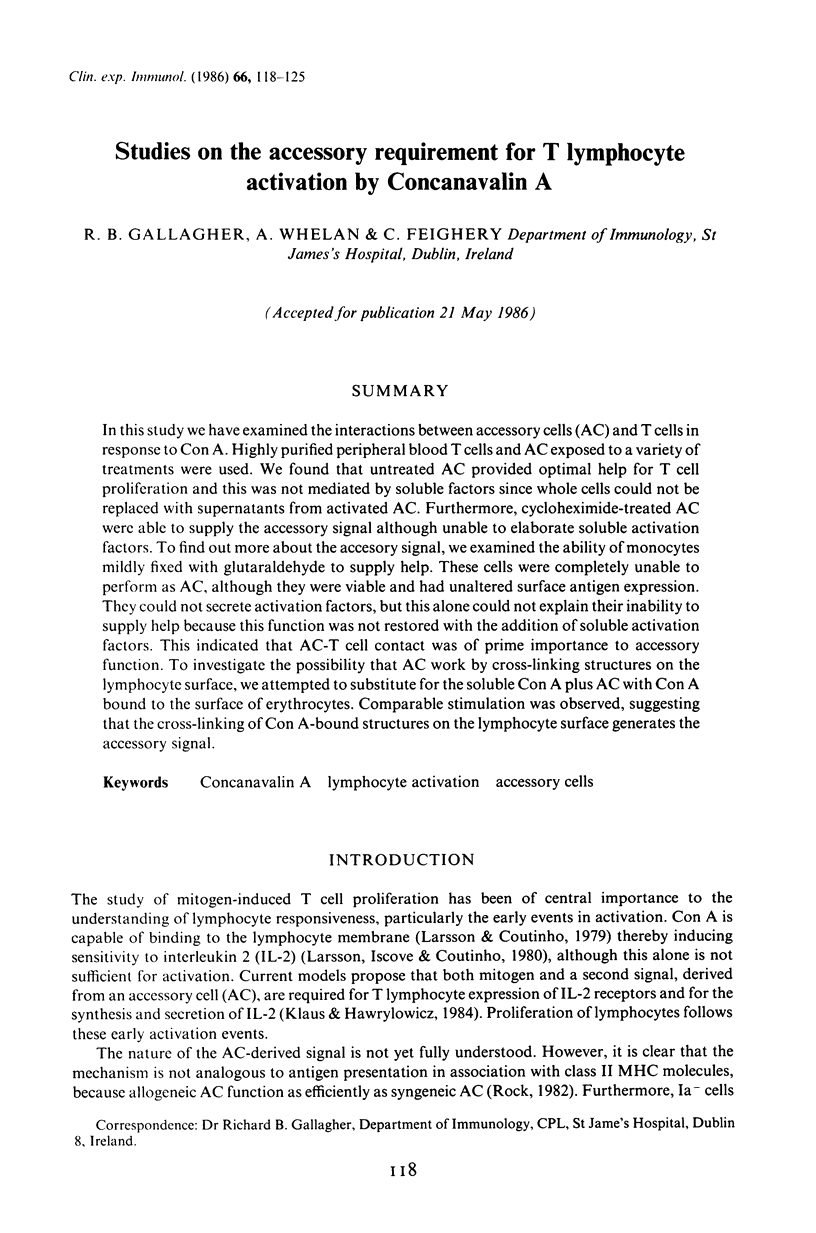
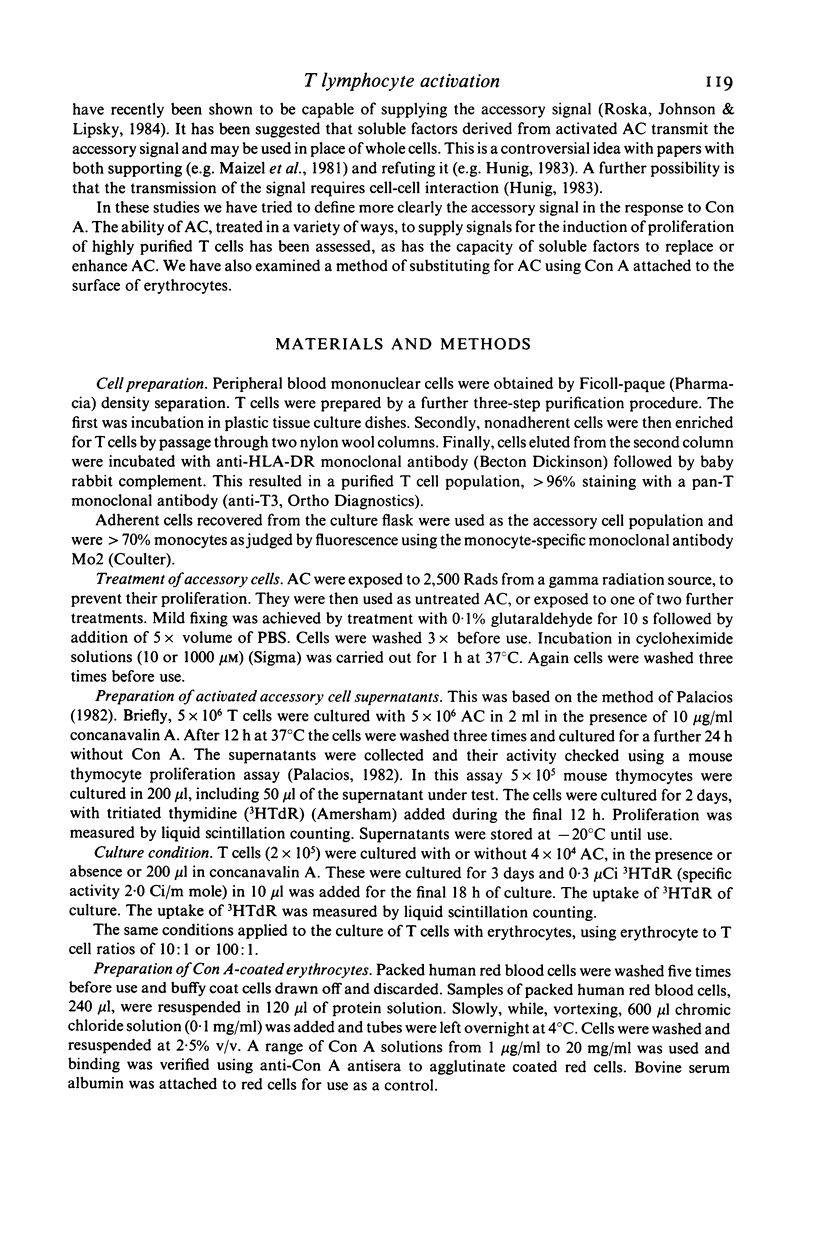
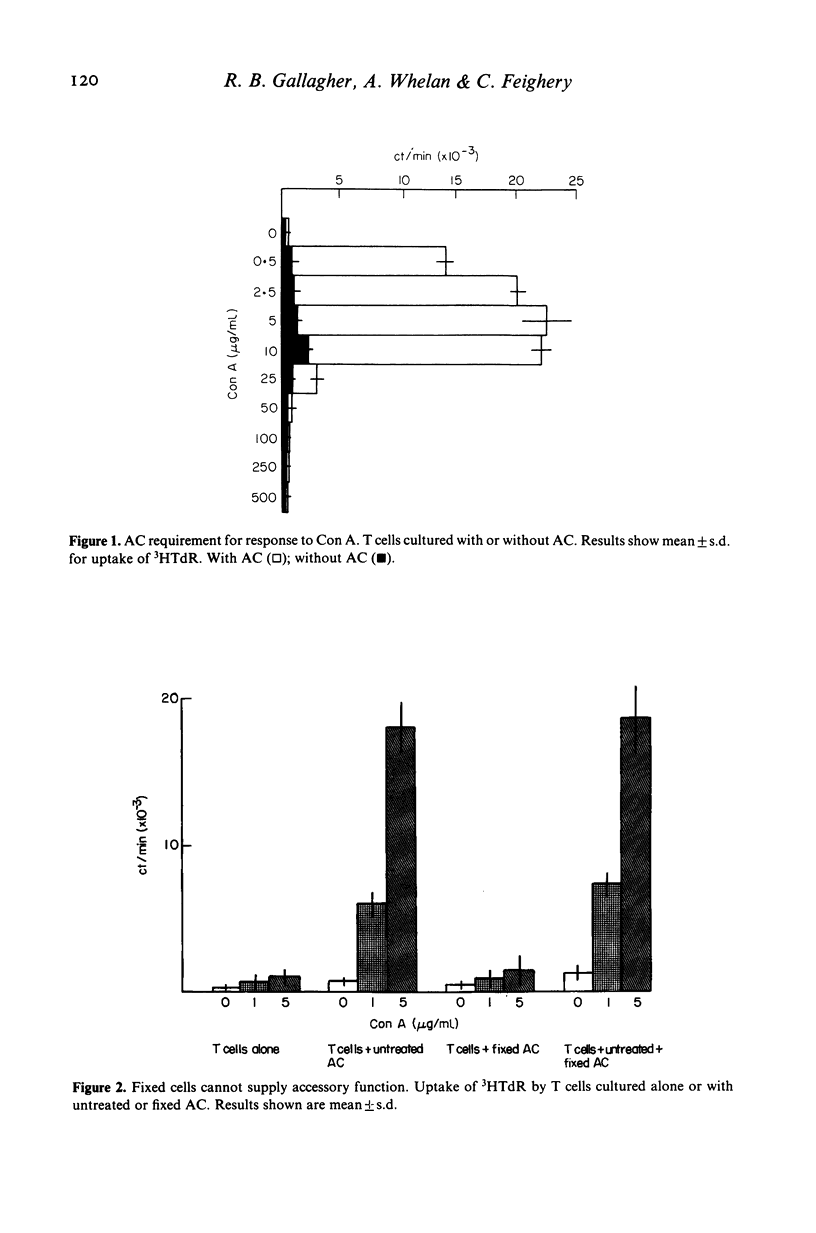
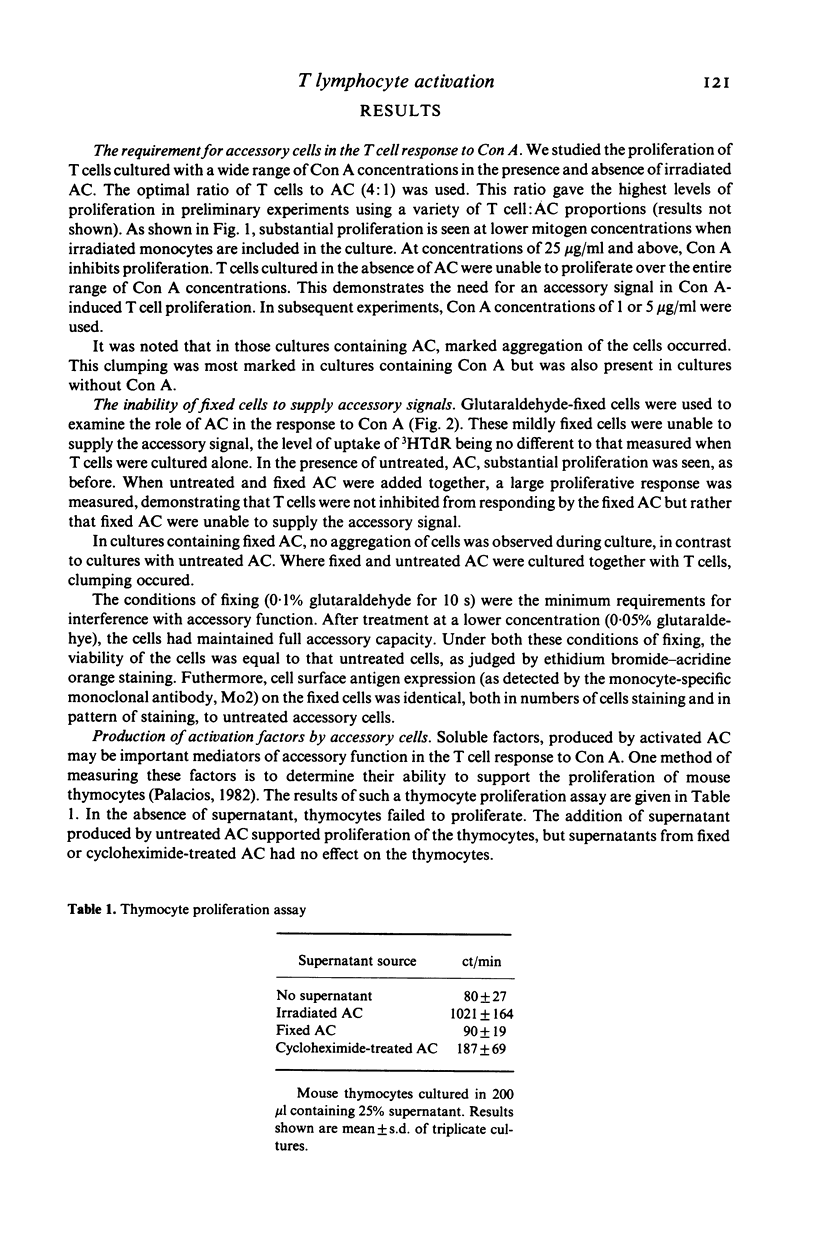
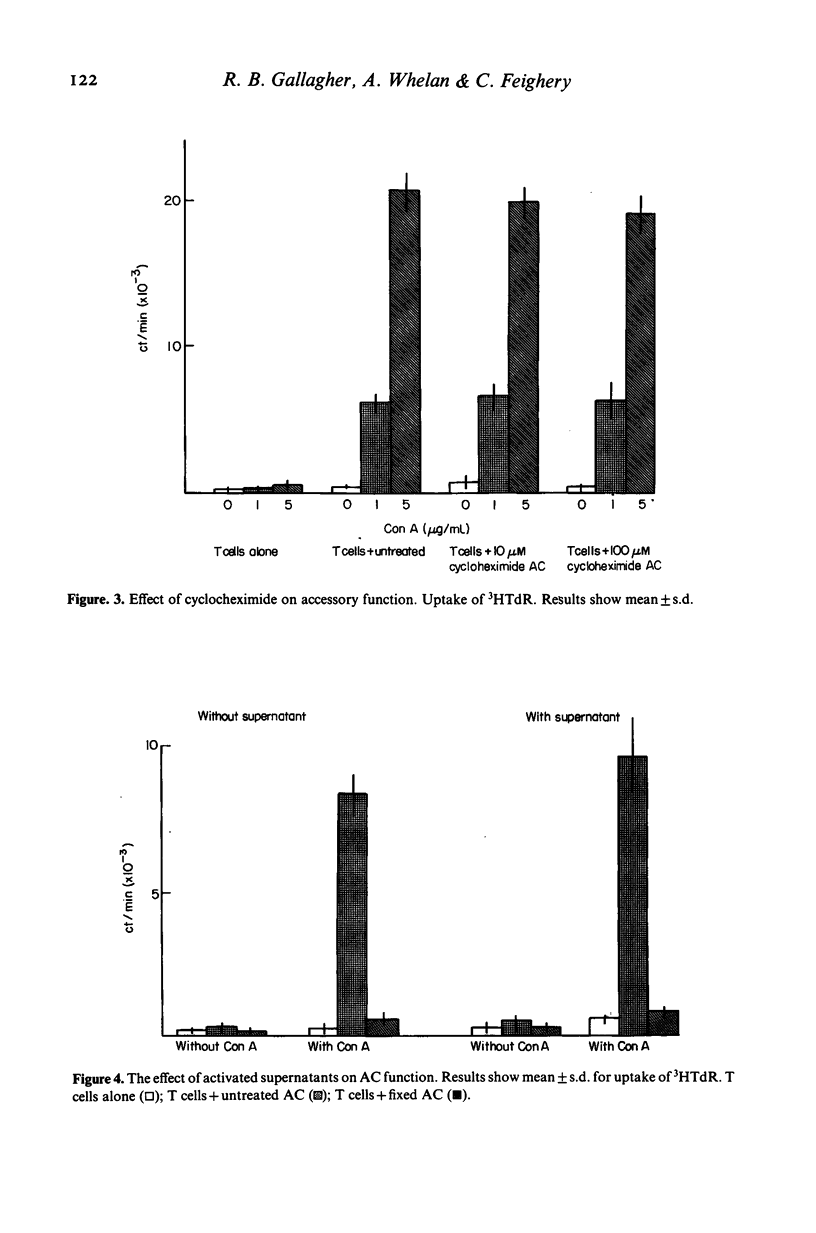
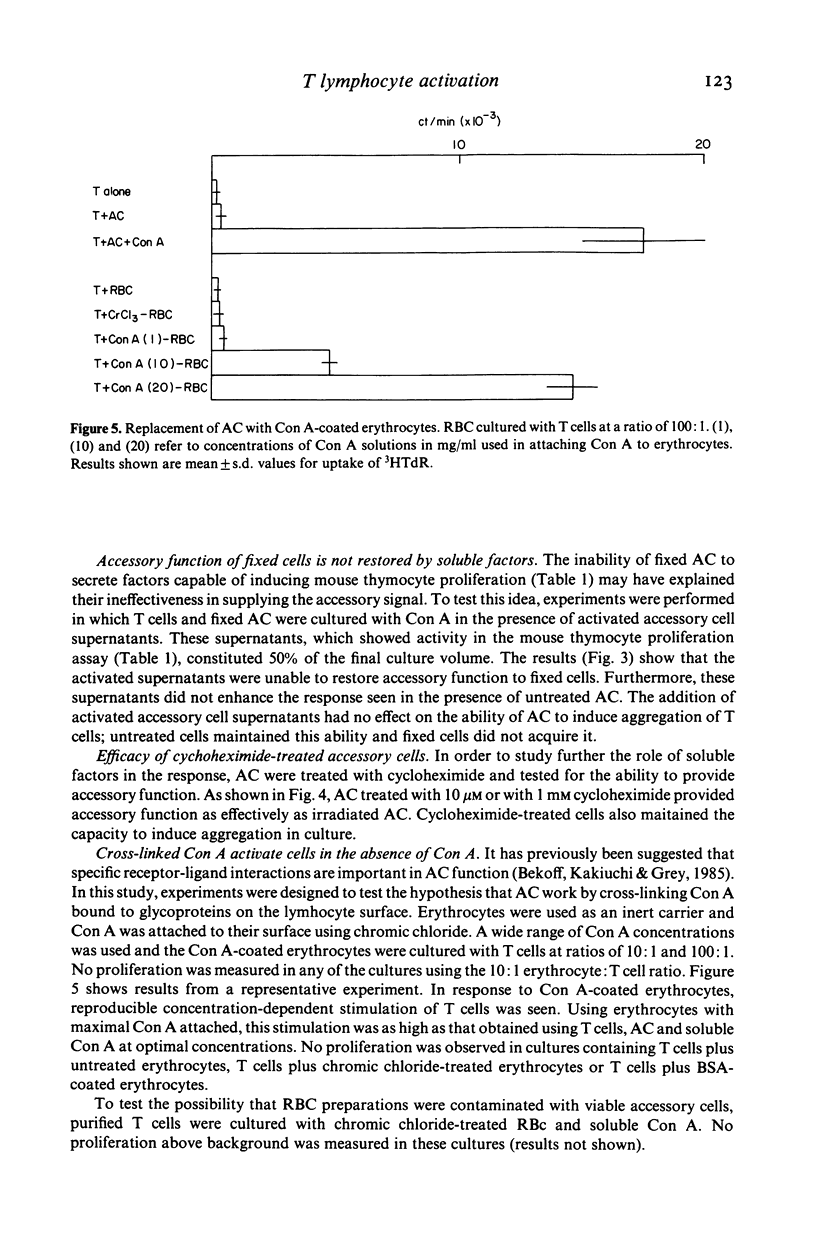
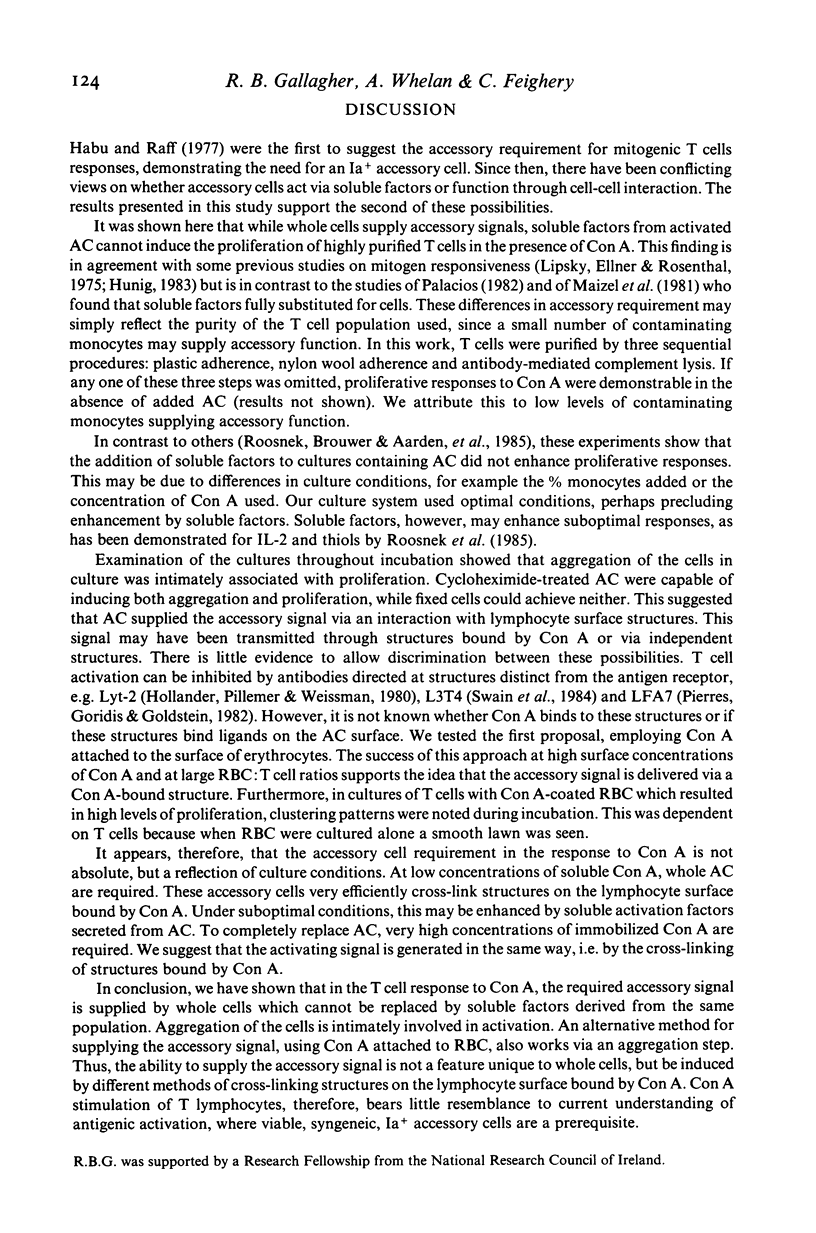
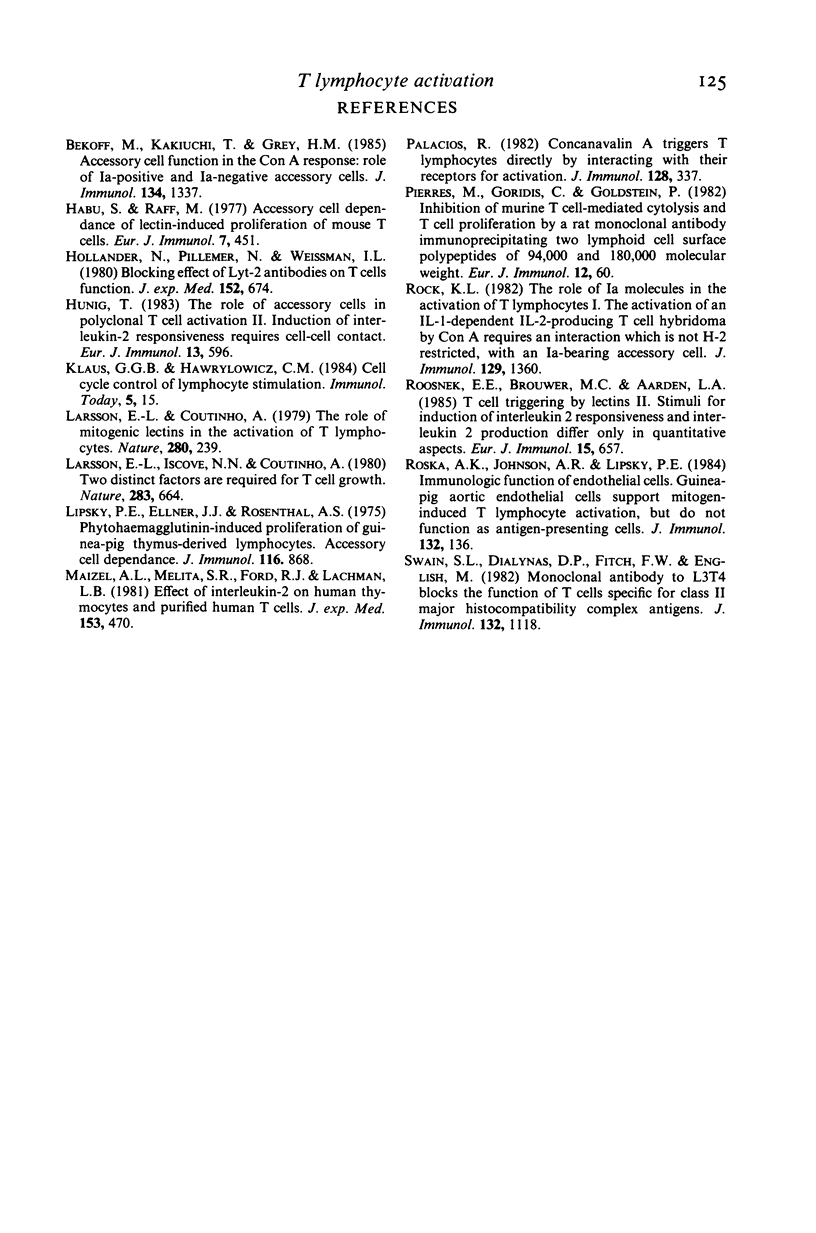
Selected References
These references are in PubMed. This may not be the complete list of references from this article.
- Bekoff M., Kakiuchi T., Grey H. M. Accessory cell function in the Con A response: role of Ia-positive and Ia-negative accessory cells. J Immunol. 1985 Mar;134(3):1337–1342. [PubMed] [Google Scholar]
- Habu S., Raff M. C. Accessory cell dependence of lectin-induced proliferation of mouse T lymphocytes. Eur J Immunol. 1977 Jul;7(7):451–457. doi: 10.1002/eji.1830070710. [DOI] [PubMed] [Google Scholar]
- Hollander N., Pillemer E., Weissman I. L. Blocking effect of lyt-2 antibodies on T cell functions. J Exp Med. 1980 Sep 1;152(3):674–687. doi: 10.1084/jem.152.3.674. [DOI] [PMC free article] [PubMed] [Google Scholar]
- Hünig T. The role of accessory cells in polyclonal T cell activation II. Induction of interleukin 2 responsiveness requires cell-cell contact. Eur J Immunol. 1983 Jul;13(7):596–601. doi: 10.1002/eji.1830130716. [DOI] [PubMed] [Google Scholar]
- Larsson E. L., Coutinho A. The role of mitogenic lectins in T-cell triggering. Nature. 1979 Jul 19;280(5719):239–241. doi: 10.1038/280239a0. [DOI] [PubMed] [Google Scholar]
- Larsson E. L., Iscove N. N., Coutinho A. Two distinct factors are required for induction of T-cell growth. Nature. 1980 Feb 14;283(5748):664–666. doi: 10.1038/283664a0. [DOI] [PubMed] [Google Scholar]
- Lipsky P. E., Ellner J. J., Rosenthal A. L. Phytohemagglutinin-induced proliferation of guinea pig thymus-derived lymphocytes. I. Accessory cell dependence. J Immunol. 1976 Mar;116(3):868–875. [PubMed] [Google Scholar]
- Maizel A. L., Mehta S. R., Ford R. J., Lachman L. B. Effect of interleukin 1 on human thymocytes and purified human T cells. J Exp Med. 1981 Feb 1;153(2):470–475. doi: 10.1084/jem.153.2.470. [DOI] [PMC free article] [PubMed] [Google Scholar]
- Palacios R. Concanavalin A triggers T lymphocytes by directly interacting with their receptors for activation. J Immunol. 1982 Jan;128(1):337–342. [PubMed] [Google Scholar]
- Pierres M., Goridis C., Golstein P. Inhibition of murine T cell-mediated cytolysis and T cell proliferation by a rat monoclonal antibody immunoprecipitating two lymphoid cell surface polypeptides of 94 000 and 180 000 molecular weight. Eur J Immunol. 1982 Jan;12(1):60–69. doi: 10.1002/eji.1830120112. [DOI] [PubMed] [Google Scholar]
- Rock K. L. The role of Ia molecules in the activation of T lymphocytes. I. The activation of an IL 1-dependent IL 2-producing T cell hybridoma by Con A requires an interaction, which is not H-2-restricted, with an Ia-bearing accessory cell. J Immunol. 1982 Oct;129(4):1360–1366. [PubMed] [Google Scholar]
- Roosnek E. E., Brouwer M. C., Aarden L. A. T cell triggering by lectins. II. Stimuli for induction of interleukin 2 responsiveness and interleukin 2 production differ only in quantitative aspects. Eur J Immunol. 1985 Jul;15(7):657–661. doi: 10.1002/eji.1830150704. [DOI] [PubMed] [Google Scholar]
- Roska A. K., Johnson A. R., Lipsky P. E. Immunologic function of endothelial cells: guinea pig aortic endothelial cells support mitogen-induced T lymphocyte activation, but do not function as antigen-presenting cells. J Immunol. 1984 Jan;132(1):136–145. [PubMed] [Google Scholar]


